By Sujeet Rajan

So, are Republican politicians like Nikki Haley and Vivek Ramaswamy, who were in the national limelight during the Republican Presidential primaries, going to woo the community to the Republican fold, especially with their hard stance on limiting immigration?
Vinson Xavier Palathingal, a technology entrepreneur in Virginia, was once a voting Democrat. He changed his political affiliation in 2015, and voted for Republicans in the 2016 and 2020 polls. In 2020, he was nominated by former President Trump to the President’s Export Council.
In an interview to India Overseas Report, Palathingal said, the notion that the GOP is not receptive to minority communities is a false perception.
“There are more whites in the Republican party than the Democrat party. However, from my experience, Democrats think too much about skin color, and that is why their attitudes and actions reflect more race consciousness than Republicans. Republicans are more individualistic and seem to be least bothered about skin color and so treat everyone equally. I hate to be loved and considered favorably by someone due to my skin color. I like equal treatment, which I get in the Republican party,” he said.
Palathingal opined that the community is changing in a big way towards the Republicans.
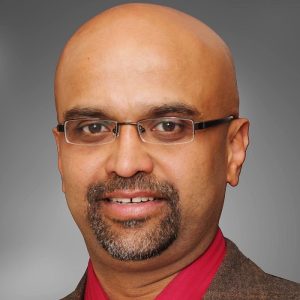
“Indian Americans were overconfident and complacent about American dominance in the world prior to Biden. Biden’s America is in serious decline, Indian Americans see it, and it was a strange awakening for them. Republicans are the alternative, so they are embracing Republicans in bigger numbers. Trump’s perceived better relationships with Modi compared to Biden’s dalliance with Islamists of the world is irritating Indians even more. [The] majority of Indians will be in the Republican camp in a matter of a few years,” he opined.
Palathingal said he felt Ramaswamy, rather than Haley, would be a better choice to lead the nation down the road.
“Nikki Haley represents the establishment and the military-industrial complex of the United States, which is the evil side of the leadership America exerts on the world scene,” he said. He compared her to former President George W. Bush and his reliance on the “military-industrial complex without critical thinking”.
“On the other hand, Vivek is rich and doesn’t seem to be keen on benefitting monetarily from his public life. Plus, he is a critical thinker and won’t blindly follow the intelligence community to get involved with international conflicts that are not critical to American National security. He is not far right at all, in my opinion. He represents the common sense of a regular American citizen and his first priority is America, not international stuff,” he added.
Despite Palathingal’s optimism, the fact remains that at present, all five Indian American members of the US Congress are Democrats, as well as Vice President Kamala Harris.
The New York Times noted that 2016 was a watershed year for the community. Then-Governor Bobby Jindal of Louisiana, a Republican, became the first Indian American to run for president. It was also in 2016 that Representatives Pramila Jayapal (D-Wash.), Ro Khanna (D-Calif.), and Raja Krishnamoorthi (D-Ill.)were elected to the U.S. Congress, bringing the number of Indian Americans in the House from one — Representative Ami Bera (D-Calif.), elected in 2012 — to four. Kamala Harris also became the first Indian American elected to the Senate that year. Last year, the four House members — who call themselves the Samosa Caucus — were joined by Representative Shri Thanedar of Michigan.
“Within the Indian American community, political involvement wasn’t really a high priority, because I think people were much more focused on establishing themselves economically and supporting their community endeavors,” said Krishnamoorthi to the New York Times. “I think that once they started seeing people like us getting elected and seeing why it mattered, then political involvement became a part of their civic hygiene.”
Puneet Ahluwalia, who ran for Lt. Governor of Virginia in 2021, and is a member of the State Central Committee of the Republican Party of Virginia, is also a former Democrat who now votes with the Republican party. He reckons people from India when they came to the U.S. in the 1980s became Republicans as they were drawn towards President Reagan. And then, a new wave of professionals who came in the 2000s, were more drawn to Democrats because of Presidents Clinton and Obama.
Ahluwalia opines that even though Republican presidents have done more to build stronger relations with India like the nuclear deal, Democrats give more “lip service”, for example, to “what is happening in the Middle East.”
According to Ahluwalia, despite the growing number of Indian American Republicans in politics, there is not yet a “grassroots leader” like former President Obama, who could inspire a mass migration of minorities to the party.
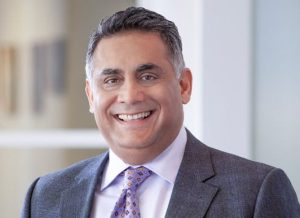
“Even though we have Bobby Jindal, Nikki Haley, and now Vivek Ramaswamy, there have never been any grassroots leaders who inspire Indian Americans or Asian Americans to gravitate towards the GOP in a mass way. We see the Republican party more as a White, Christian party while the Democratic party is seen as a common man, immigrants’ party, with a lot of mixed heritage, even though it is controlled by Hillary Clintons of the world and now Obamas of the world. It is a power structure that exists in the Democratic party. Whereas in the Republican party, we can see what a President like Trump can do, in 2016, and now in 2024, to emotionally charge people,” he said.
According to Ahluwalia, while both Haley and Ramaswamy offer different perspectives, and are charismatic politicians, there needs to be a prominent grassroots leader to draw more Indian American voters to the party.
Asked if the resurgence of Haley and Ramaswamy using different identity politics narratives to portray their life journey would help draw more community voters to the party, Ahluwalia said that “optics always help.”
“We have identity politics and [an] age of populism. I don’t like identity politics. I believe we are all Americans, but Haley when she ran for governor, talked of her family roots but she was also perceived as a White because her husband is White and a Christian. I’ve met Vivek and he is a very impressive young man, but at the same time, he’s never run for any office other than President…It says a lot about the mindset of the Republican party that a minority candidate can run for top office. Vivek wanted to be mini-Trump and Haley wanted to be basically a strong leader and be an anti-Trump choice,” he said.
Ahluwalia, who is a father of three children, said young voters “are looking for somebody who is a centrist, who is fiscally conservative but socially moderate and understanding.” He noted the Republican party needs a leader who can engage with these voters so they are not detached from American politics. ”
Foreign Policy noted the immense value and power the Indian American community brings to America’s politics, despite their low numbers. Although they make up just one percent of the electorate, Indian Americans comprise the second largest immigrant group in the U.S. (after Mexican Americans).
According to the U.S. census, between 2000 and 2018 the Indian American population grew by nearly 150 percent. The community is also the highest-earning ethnic group in the country, with a median income of $100,000 in 2015—nearly double the national average that year. Accordingly, Indian Americans have been tapped as a donor-base for both parties, contributing nearly $10 million towards the Democratic ticket in the lead-up to the 2016 presidential elections.
Last year, soon after Ramaswamy emerged in national limelight during the primaries, the New York Times reported that Indian Americans felt a sense of pride in seeing him on stage, sharing the spotlight with the bigwigs of the Republican party.
The Times noted: “Still, Mr. Ramaswamy recently said in an interview that he does not identify as an Indian American. Being Hindu and Indian is “part of my cultural identity, for sure, and I’m proud of that and very comfortable with that,” he said after a campaign stop in Marshalltown, Iowa. “But, I’m an American first.”
The Times piece said that many Indian Americans, even those who are critical of Ramaswamy’s political beliefs, have said in interviews they have a special pride seeing him on the national stage — more so than they have had for other Republican presidential candidates of Indian descent, like Bobby Jindal and Ms. Haley, who are both Christian and whose names, they said, appear “anglicized.”
Many immigrants from India, after 1965, arrived with advantages that other people of color have lacked, noted Devesh Kapur, a professor of South Asian Studies at Johns Hopkins University and co-author of the book “The Other One Percent: Indians in America.” Ramaswamy’s parents came with advanced degrees; his father was an engineer at General Electric and his mother was a geriatric psychiatrist.
Despite the emergence of new Indian American leaders in the Republican party, especially on the national stage, the Democratic party is a strong choice for the Indian American community, noted two Democratic party voters and campaign activists.
In a joint email interview to India Overseas Report, Neha Dewan and Harini Krishnan, national directors of the political mobilization group South Asians for Biden, explained the allure of the Democratic party to both naturalized and immigrant South Asian-origin voters.
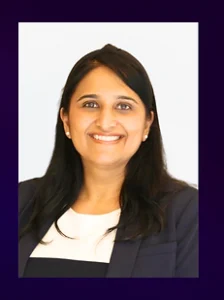
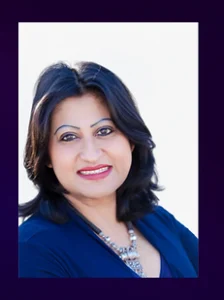
“The Democratic Party is the party of civil rights, a fair economy that works for everyone, and recognizes the importance of immigrant communities and their contributions to America. They welcome the participation of people of color and keep the issues that benefit them top of mind. Democrats support small businesses, have a no-tolerance policy toward hate and hate crimes, and expand access to healthcare for all. These policies have historically helped our community’s immigrants and naturalized citizens,” the duo said in their joint response.
“The Indian American community is growing in the U.S., and with that growth comes the diversity of viewpoints espoused,” they said.
The pair noted they believe “there is compelling evidence that Indian Americans and the broader South Asian community will continue to attract South Asians to the Democratic ticket,” adding the Biden-Harris administration’s record on issues like infrastructure, gun control, and reproductive freedom find favor with the community.
The Biden-Harris Administration itself is one of the most diverse to date, and the Democratic Party as an institution has a clear commitment to diversity and equity that is demonstrated with representation throughout its ranks,” they said.
They also pointed out that for Asian American, Native Hawaiian, and Pacific Islander Heritage Month last month, the Biden-Harris Administration “published a fact sheet on its policies that demonstrate its track record in helping our communities.”
Long Island resident Harbhajan Singh, a limo driver who came to the US in 1984, told India Overseas Report, that the most important factor for the community should be the candidate itself – not necessarily political beliefs.
“I think Haley deserves to be President someday because she has represented the U.S. at the UN and has been a Governor. Our Indian community is not too large in numbers in the US…but if Haley comes then a lot of Indians will turn to her party,” he said.
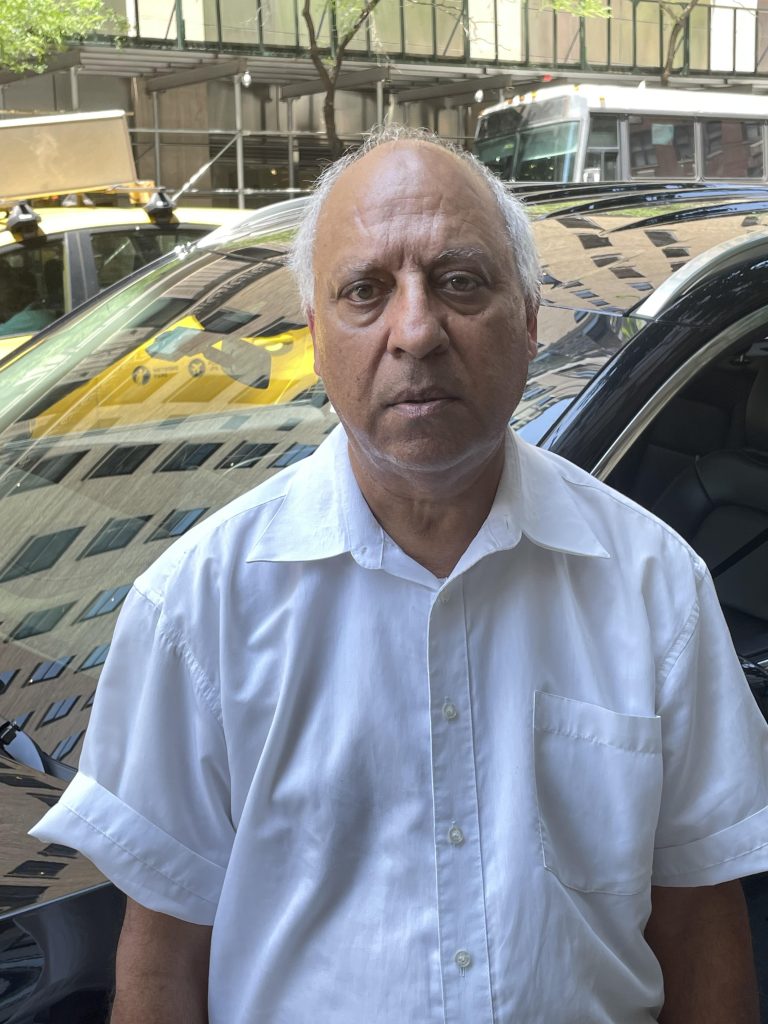
While Singh was reluctant to declare his political preference, he said that “we need somebody who will work for our community and then it will be better for our community”. He explained that larger political representation for Indian-origin candidates, would add to more clout in mainstream politics and would eventually help new immigrants get accepted faster in mainstream communities they live in.
Singh added: “If our community members don’t stand for elections, don’t cooperate with other community members and help others, then we will not have a voice in politics and affairs of this country.”
(Sujeet Rajan is the Editor-in-Chief of India Overseas Report. This story was produced as part of the 2024 Elections Reporting Mentorship, organized by the Center for Community Media and funded by the NYC Mayor’s Office of Media and Entertainment.)